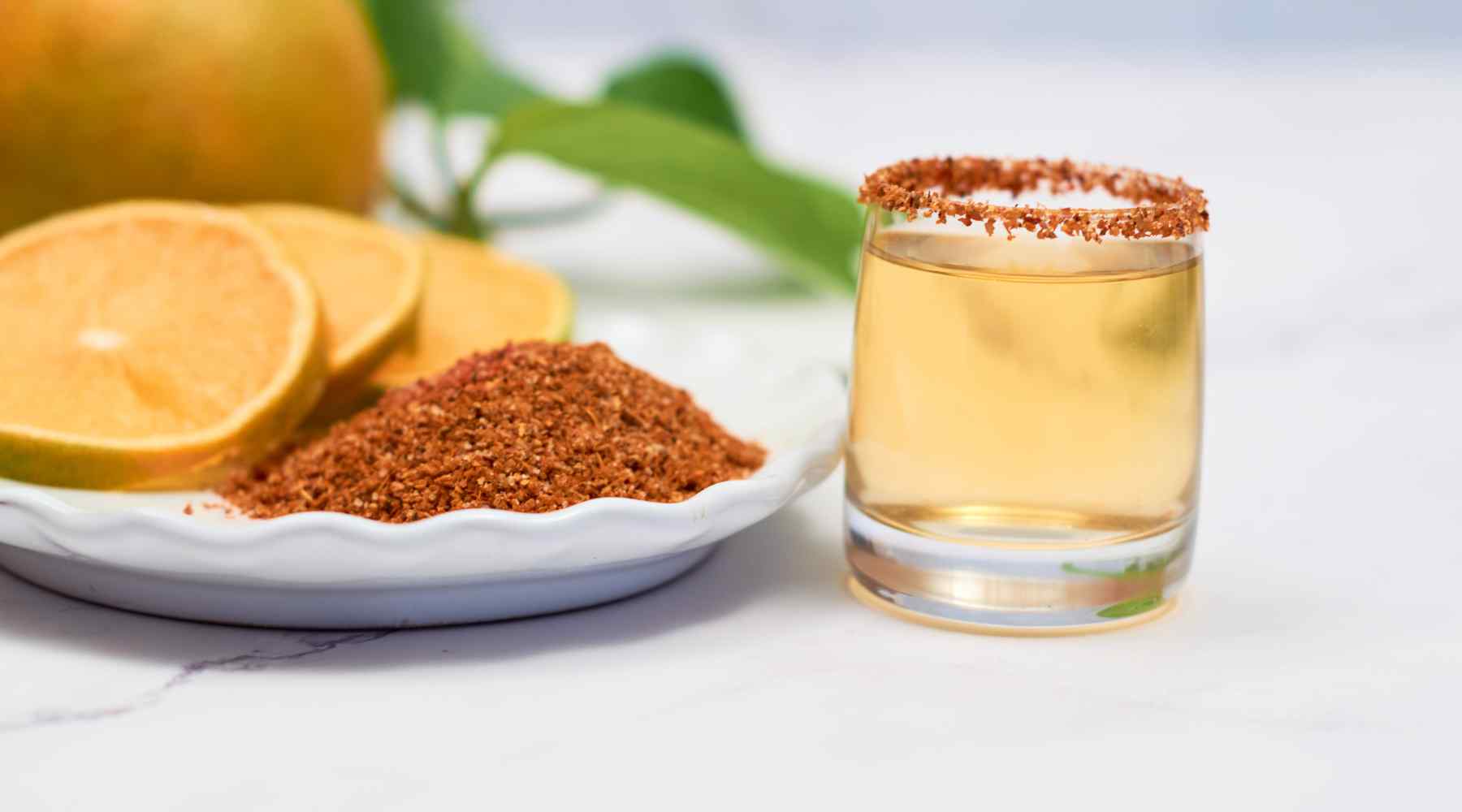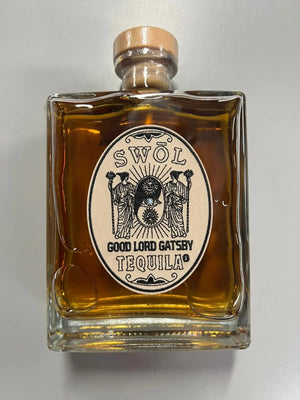Two of the most rapidly growing spirit markets in the world are tequila and mezcal. These Mexican exports have garnered a lot of attention and focus from overseas liquor lovers. Who’s to say exactly why or how.
We know that Tequila has been popular for longer, perhaps amplified by all of the Celebrity Tequila Brands such as Casamigos. However, people know a lot less about what is Mezcal Tequila.
We will highlight 9 key differences between tequila and mezcal, and get into some production specifics, history, and different varieties. By the end of this, you’ll know what’s the difference between tequila and mezcal.
Place of Origin
Probably the most strict rules within tequila come through sourcing. Tequila must be made from blue weber Agaves that are grown in the tequila region. Popular growing sites are the Jalisco highlands, Michoacan, and others. Without this geographical feat, a tequila will not be able to be classified as a ‘100% Mexican Tequila’, and will then lose most of its clout.
One thing that people often miss when considering mezcal vs tequila is that mezcal is Mexico’s national drink. It is found all over the vast country, produced in so many different places and with so many different styles.
A common misconception is that mezcal is only made in Oaxaca. Though this region is the biggest producer of the spirit, it is not the only place it is made. So we can say that one key difference between mezcal and tequila is where the agaves are grown and where it is made.
Also Read - Health Benefits Of Tequila?
The Agave
Agave is the heart of both tequila and mezcal. There are around 40 agave varieties in Mexico. Tequila can only use one variety. Mezcal can and does use all 40. What is mezcal tequila if not a more varied and diverse version of tequila?
Tequila is made using blue weber agave plants grown exclusively in the tequila region. These plants must be grown for around 8 years, making this a long and arduous process. Mezcal can have a more versatile production process due to the lack of limitations.
Production
The production of mezcal vs tequila is fairly similar. Both have their agave grown for a range of 7-14years. The main difference between mezcal and tequila is that mezcal agaves are roasted underground in pits. This donates the smoky flavor associated with the spirit. Tequila is either roasted or steamed in more industrial ovens.
The rest of the process is similar now. The cooked agaves are mixed with water and allowed to ferment. The fermented liquid is then distilled before it is aged, where appropriate.
Flavor Profile
Mezcal is often thought of as being a smoky drink. While that is generally true, there are versions of mezcal that lack smoke as a flavor. The Aztecs achieved this flavor profile by digging pits and burying the agave underground, surrounding them with hot coals, and leaving them for around three days.
Tequila’s agaves are treated in very different ways, allowing for a brighter, more fruity, and citrusy palate to shine. Tequila can be aged for years in charred white American oak barrels, giving it a deeper sweetness in the Anejo and super Anejo varieties.
Tequila is Mezcal

This might seem a little confusing at first but bare with us. Tequila, technically, is a variety of mezcal. As there isn’t a certain set of rules and regulations on making mezcal, the name mezcal simply refers to any spirit that is made using agave.
Though it is not marketed as such, tequila can be used and drunk in all the same ways mezcal can. The same is not true in inverse, however, with many mezcals not appropriate for tequila purposes.
Effects of The Spirit
If you ask an American what’s the difference between tequila and mezcal, they will probably say tequila goes great in a margarita and mezcal is smoky. If you ask local Mexicans what’s the difference between tequila and mezcal they will give you an answer likely laden with folklore and history.
Tequila does give people a great buzz. Many reports that the spirit is an ‘upper’ rather than a ‘downer’ meaning it gives more energy and doesn’t make you as sleepy as other spirits.
Mezcal, on the other hand, has been reported to have some supernatural powers. Many report hallucinations after drinking the spirit in different forms. There is evidence of the Aztecs using it in ceremonies to summon spirits and gods.
Color Scheme
In tequila, color is everything. The best, and most basic tequilas will be crystal clear. The reposado is more of a pale gold, and the añejo tends to be more dark brown. This is due to the hue picked up from the oak barrels.
Mezcal is mostly translucent. Some are not even super clear, but that doesn’t matter with this spirit.
Availability
In America, it is so much easier to buy tequila than mezcal. Tequila can be found in almost every physical store, and at CWS we have plenty to choose from!
Mezcal, on the other hand, is a bit more scarce. We have a wonderful selection of Best Mezcal that you can buy online at great prices! We would recommend this as it can be hard to get a good selection in stores.
The Mezcal Worm

It is still not completely clear why there is sometimes a worm at the bottom of a bottle of mezcal. Some say it just happened naturally one day and they stuck with it. Others say it adds to the flavor. Others say that it maintains freshness. Others just say it is a marketing ploy. What we can say for sure is that you will never find a worm in a bottle of tequila!
We hope you have enjoyed our 9 differences between tequila and mezcal. All in all, we think they are both fantastically delicious and worthy of your money!































